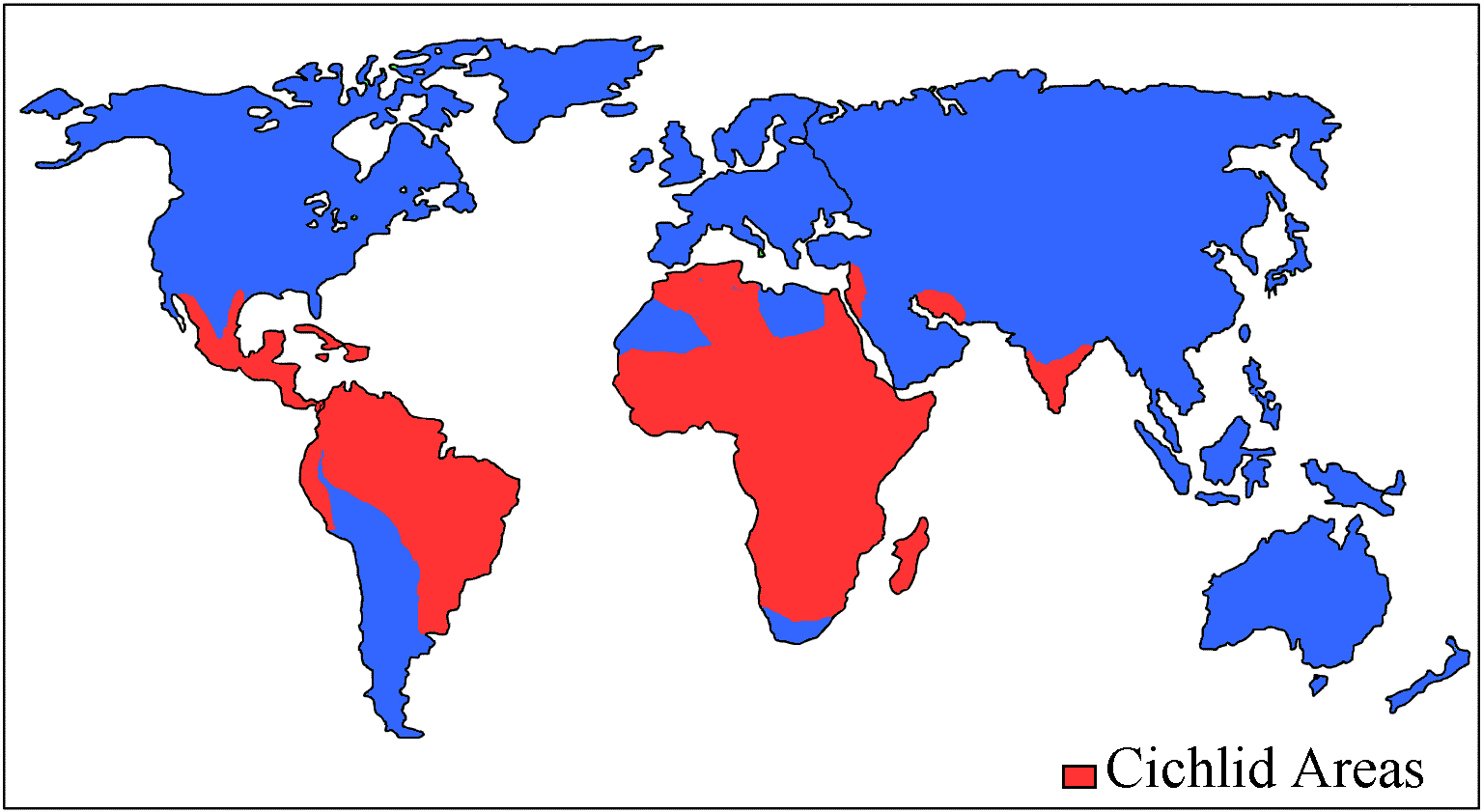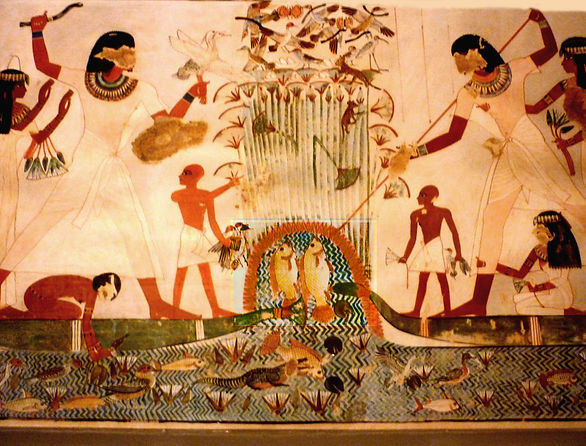
Nile Fish
Cichlid species
Scientific name: Cichili dae
English: Tilapia Cichlids
In Arabic: barbed fins
Common Name: Tilapia
Classified: Scottish zoologist Andrew Smith 1840 .
It is not the only fish of scales species. but also there are in the Nile (specifically) species (such as carp (carp) - peel white&brown –Leps – Nile barracuda - Fahad - Alanom – Roach-Bermuda fish- Rai - trotting - Puffer ...) and some rare species that the information about them is not available now .. As all the previous types, and other will be talked about at extensively in this book.
It characterized by its dorsal long fins, its cylindrical shape , its protruding eyes . It has many speices which are spread all over the world, and different sizes and forms, especially the ornamentation of which is characterized by high attracting for many of the lovers of breeding ornamental fish. And we will try here to present all information that we can provide about these fish.
Home:
Tilapia fish live in fresh water or low salinity in the tropical and subtropical Africa and South America .. (As we know there are different types live in salt water, but with a different nature), and then moved to southern Asia and India. Precisely one of the most fish prevalent species in all continents of the world. Tilapia includes about 100 species spread normaly in Africa, and Central America to Mexico, and the northern part of South America and India.
Africa (the Nile) is a natural habitat for a fish, tilapia, and there are some types of tilapia in the Middle East Syria to the north, with some species in the Sea of Galilee and the Jordan River.
The current distribution of tilapia was included in addition to the normal distribution areas of South America, Africa and the Far East, other regions such as South Asia and some areas in Europe, as different types of tilapia fish quoted to these areas, grown for various purposes such as controlling weeds, producing baits to catch tuna, in addition to the production of these fish for direct consumption.
As shown at the map.
Tilapia location in water:
Ttilapia exists on the sides of rivers and canals, and not in the middle and in places where there are planting or places to hide and not resides in the running water, but we find it in quiet places. This fish goes out searching for food, particularly in cold temperatures for high and often find them at night .
They are located in groups and squadrons ,build their nests, such as cave dug in the mud or sand like SPOTTED TILAPIA and NILE TILAPIA ,some other species of tilapia live among the rocks such as RED TILAPIA and ROCKY TILAPIA and the best fishing months of tilapia from the end of November to the end of January.
Size:
The wider vicinity of water the greater the size of large tilapia.The fish size varies according to the nature of the place and the speed of renewal of water and the availability of food, especially (protein) needed for young tilapia, which is available in live food such as worms and small fishes .and larger tilapia fish at all exists in Lake Nasser, as the weight of the fish is up to 15 Kg.
Mating seasons:
There are two mating seasons a year, the first starts from the end of March to May, and the second is from September to the beginning of November .At these times the female fish fast because the male tilapia retain eggs in a hole then the female bleach in that hole then the male fertilize the eggs immunized externally then the female keeps eggs in her mouth until they hatch .
after the stage of spraying,in this stage females spray their youngs to swim and in danger they come back rapidly towards mother`s mouth, until the size of the frying are 2 or 3 mm the mother Spray and left them to suffer the bitterness of escaping from natural enemies that feed upon.
History:
The discovery of this fish is from thousands of years, but it is also on of the first fish discovered by a human, specifically been discovered by the ancient Egyptians, so we find it on the walls of many of the Egyptian temples, drawings of the catfish as well. A basis of fisheries in many countries, including Egypt, and Egypt knew tilapia farming for more than 2500 years BC, and so it is the first country in the world's first known farming.Tilapia is considered the the first in Africa and the second in the world after carp in fish farming to the excellent qualities. And more of this subject on this site:
http://gafrd.kenanaonline.com/posts/92687
Tolerances:
Tilapia fish is characterized by that it's one of the most tolerant fishes, because of the nature of their place of origin, especially in the middle of the African continent. The best temperatures where the tilapia fish ready for the process of bleaching is between 22-28 degrees.
And numerous studies have confirmed that the types of tilapia that live on the African continent is the best in bleaching process as mating takes place throughout the year because of the high temperature in these areas in most seasons of the year out.
Tilapia fish characterized by its ability to resist the over crowding and survival in low concentrations of oxygen dissolved in the water.
In terms of food characterized by its ability to diversity in the food, they feed on many types of industrial and natural foods.
Finally, resist diseases and parasites significantly.
-Table shows the degrees of salt tolerance :
Types of tilapia Salinity (‰)
Nile tilapia 10 – 5
Blue Tilapia 15 – 10
Blackchin tilapia 20 – 15
Zilli tilapia more than 20
-Table shows the grades with dissolved oxygen :
Types of tilapia Degrees of dissolved oxygen
Nile tilapia 0.1 mg / l
Blue Tilapia 0.2 mg / l
Blackchin tilapia 0.3 mg / l
Mozambique tilapia 0.1 mg / l
Please note that if the level of dissolved oxygen decreased to 0.3 mg / liter, the tilapia resort to use oxygen near the surface of the water and start to die if exposed to less than 0.3 mg / liter for more than six hours



